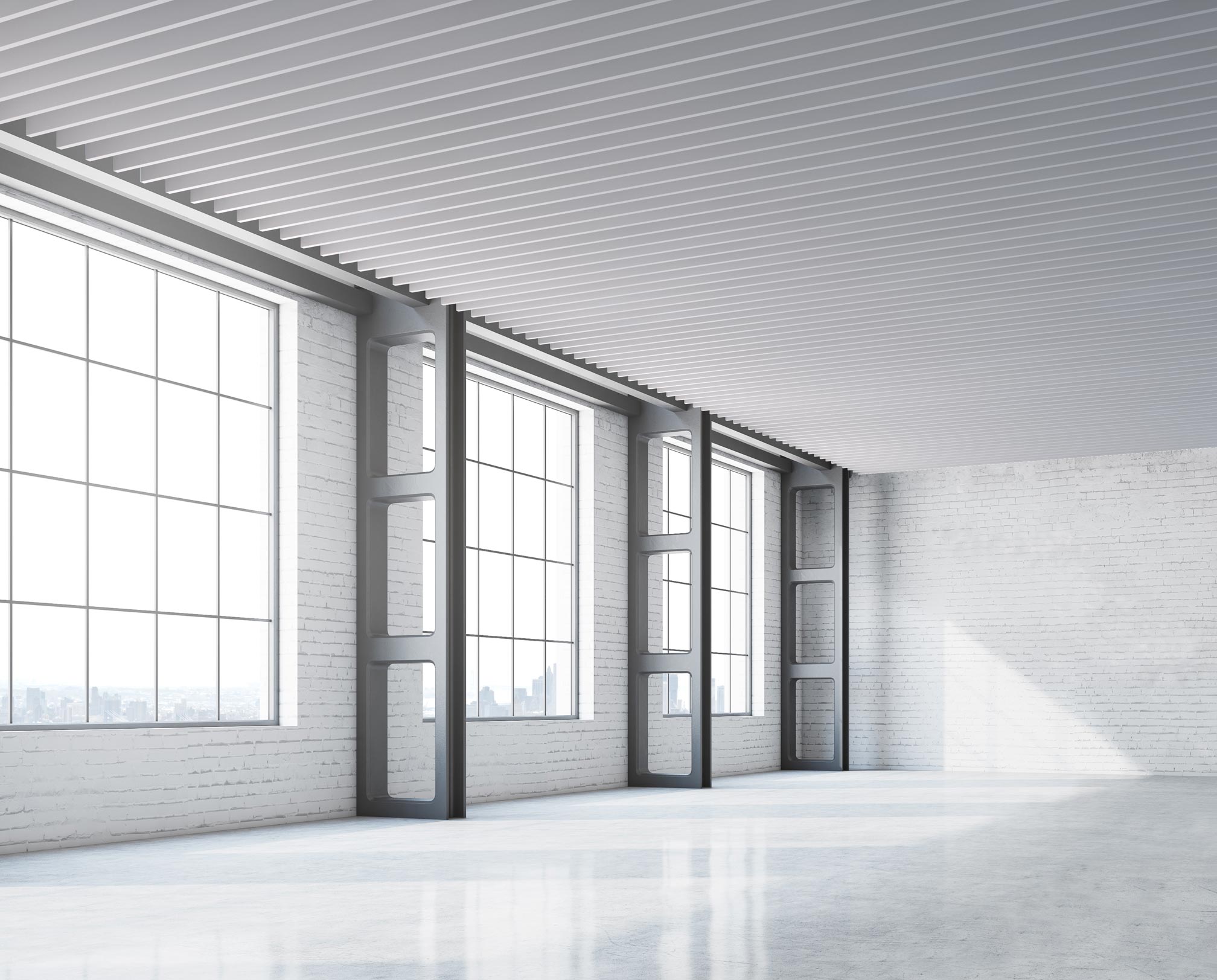
Acoustics and sound quality are integral components of human-centred design, affecting how a user feels and experiences a space. Spaces with poor acoustics lead to low user engagement, productivity, and focus levels. All factors that we want to limit when designing an office environment.
The last 12 months have seen client briefs requesting environments that encourage their workers to 'return to the office'. Consequently, design is trending to Workplace settings that foster collaboration. Dynamic settings that adapt to their user's needs and allow them to work with and engage with their fellow workers. These spaces are commonly open-plan, with small pockets of break-out areas to create nooks for focused activity.
The challenge?
These settings present a nightmare for acoustic performance. Before we even consider the isolated performance of a break-out space, the nature of an open-plan environment presents an extremely high-risk setting for sound collision. Sound collision creates an uninviting, noisy environment that is distracting for the end user—effectively creating the opposite environment than was requested in the original client brief
How can acoustic performance be improved in these settings?
Sound Absorption
Sound absorption is the easiest method for improving acoustic performance within any given space. Consider the last time you moved properties - When you stepped foot in the new property before the arrival of your furniture, you may have noticed a distinct echo when talking. Then, as you move your rugs, furniture & décor into these spaces, those distinct, glaring echoes slowly fade away. This is because the physical items you have added to the area absorb some of the sound reverberating around that environment.
The same is true for open-plan settings. Adding furniture, rugs & décor can generate an effective and immediate improvement in acoustic performance.

Look at your Ceiling
Ceilings are a considerable trap for diminished acoustic performance in an office environment. Consider the recent trend towards exposed ceilings. Exposed ceilings have become increasingly popular in design as they add a substantial amount of height to a space. However, this open, high-vaulted ceiling is the perfect setting for the amplification of sound - The opposite of what we are trying to achieve when designing for user experience!
Next time you're in a restaurant and struggling to hear your waiter ask for your order, I encourage you to look up. There is a strong possibility that the ceiling has been exposed, and no considerations have been made to improve acoustic performance.
On this train of thought, when looking to retrofit an existing environment and expose the ceiling – there are a substantial number of (easy) ways you can treat the underside of the slab to signficiantly improve acoustic performance.
How do I improve the acoustic performance of my ceiling?
Several acoustic ceiling treatments are available to manipulate and disperse sound in the space you are designing. Three popular methods are listed below.

Acoustic Rafts are one of the least intrusive methods to improve acoustic performance. Rafts are generally made of a highly absorbent material. They are suspended from the ceiling in a linear form, with supporting droppers at each end of the raft. These rafts allow you to maintain an "exposed ceiling" design intent and leave plenty of space above for running of services and anything else that might need to be considered in the ceiling plenum.

Acoustic Ceiling Tiles are a common and incredibly effective acoustic lining for designs that are not looking to expose the ceiling plenum above. By suspending ceiling tiles, you create a false ceiling, effectively eliminating the high-vaulted ceiling that causes many sound distraction issues. Not only is the effect of sound collision minimised by suspending this acoustic layer, but the ceiling tiles also offer extremely high levels of acoustic performance.
Acoustic ceiling tiles come in many different materiality’s to suit specific design intents. These range from traditional Mineral FibreCeiling Tiles to Timber Look Ceiling Tiles, Wood Wool Textured Ceiling Panels and forms of both standardised and bespoke Metal Ceiling Tiles were looking to create a high-end look and feel.

Linear Batten Systems can be used for designs that are looking to add an elegant, modern look to a suspended ceiling. These battens are an effective combination of both an acoustic solution and a feature ceiling system. They add texture and depth in a linear pattern while including acoustic components such as polyester acoustic backing and batts to achieve the desired level of acoustic performance.
Common Terms when Analysing Acoustic Ceiling Treatments
Noise Reduction Coefficient (NRC)
Noise Reduction Coefficient (NRC) is the method of analysing the ability of a material to absorb sound. Typically, an NRC rating will be somewhere between 0.0 and 1.0, with 0.0 being the lowest end of the scale.
A material with an NRC of 0.0 will reflect all sound (i.e. not absorb any sound at all). A material with an NRC of 1.0 will absorb all sound.
NRC is the most common method of analysing acoustic performance and is vital as it acts as an industry standard across different materials, allowing you to accurately compare the performance of each material before making an informed decision.

Ceiling Attenuation Class (CAC)
Ceiling Attenuation Class (CAC) is also referred to as dB in literature. This is a measure of monitoring the airborne sound transmission between adjacent rooms. This is an essential measurement of sound transfer, especially in areas such as; two meeting rooms that are next to each other and share a ceiling cavity.
In layperson's terms, a higher CAC means there is less chance of sound travelling up through the ceiling material, through the ceiling cavity and into the room adjacent (i.e. sound travelling from meeting -room 1 to meeting room 2).
High levels of CAC are critical in environments or settings that require privacy.
Book a call with our architectural team today to get down into the detail. We are happy to chat through ideas, materiality and budget to find out how we can help you create the interiors you need. Simply drop us a note on hello@mbsarchitectural.com.au or call us on 03 9580 7800 to chat with our specification team.
Every material.one source.
Let's bring your project to life.










































